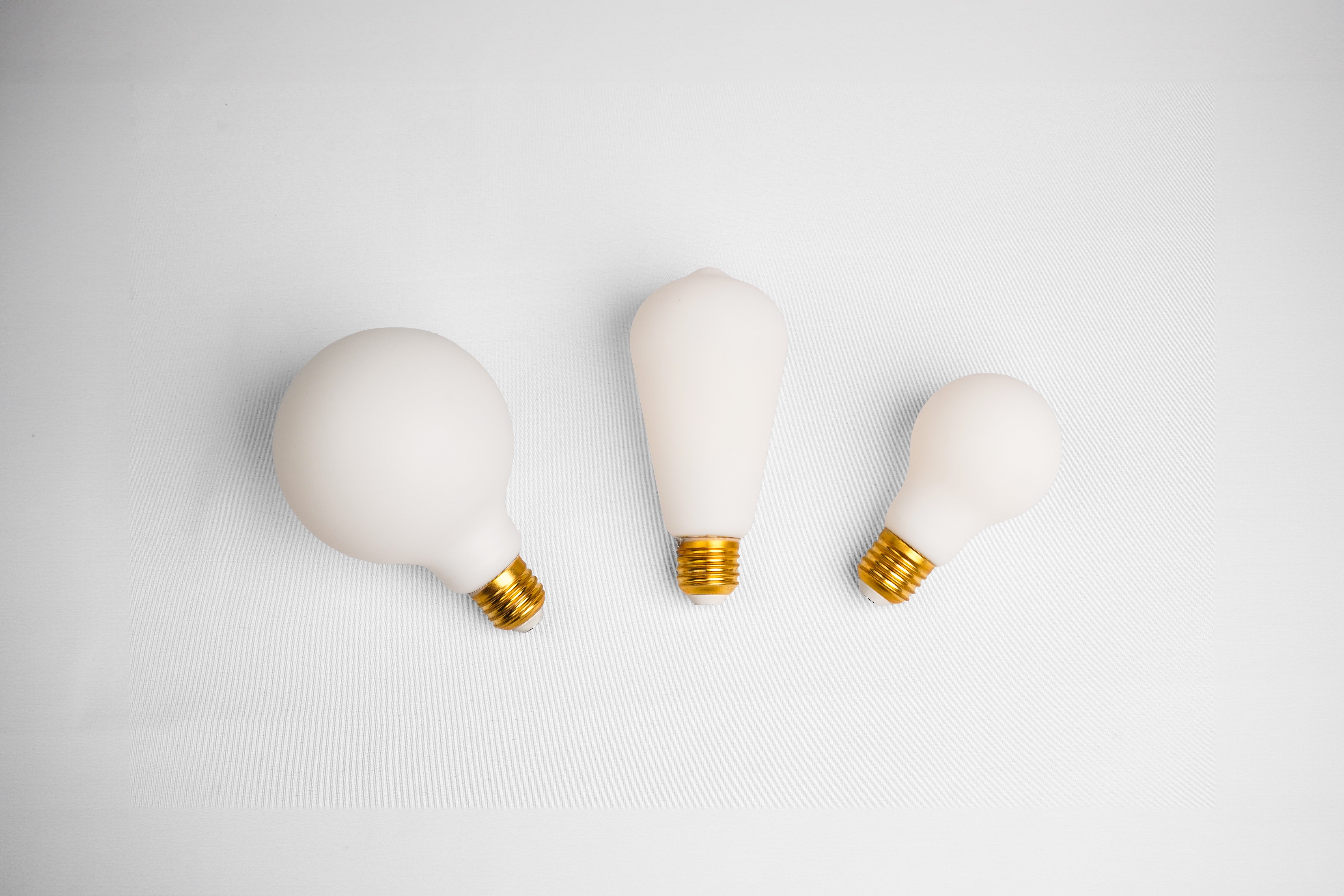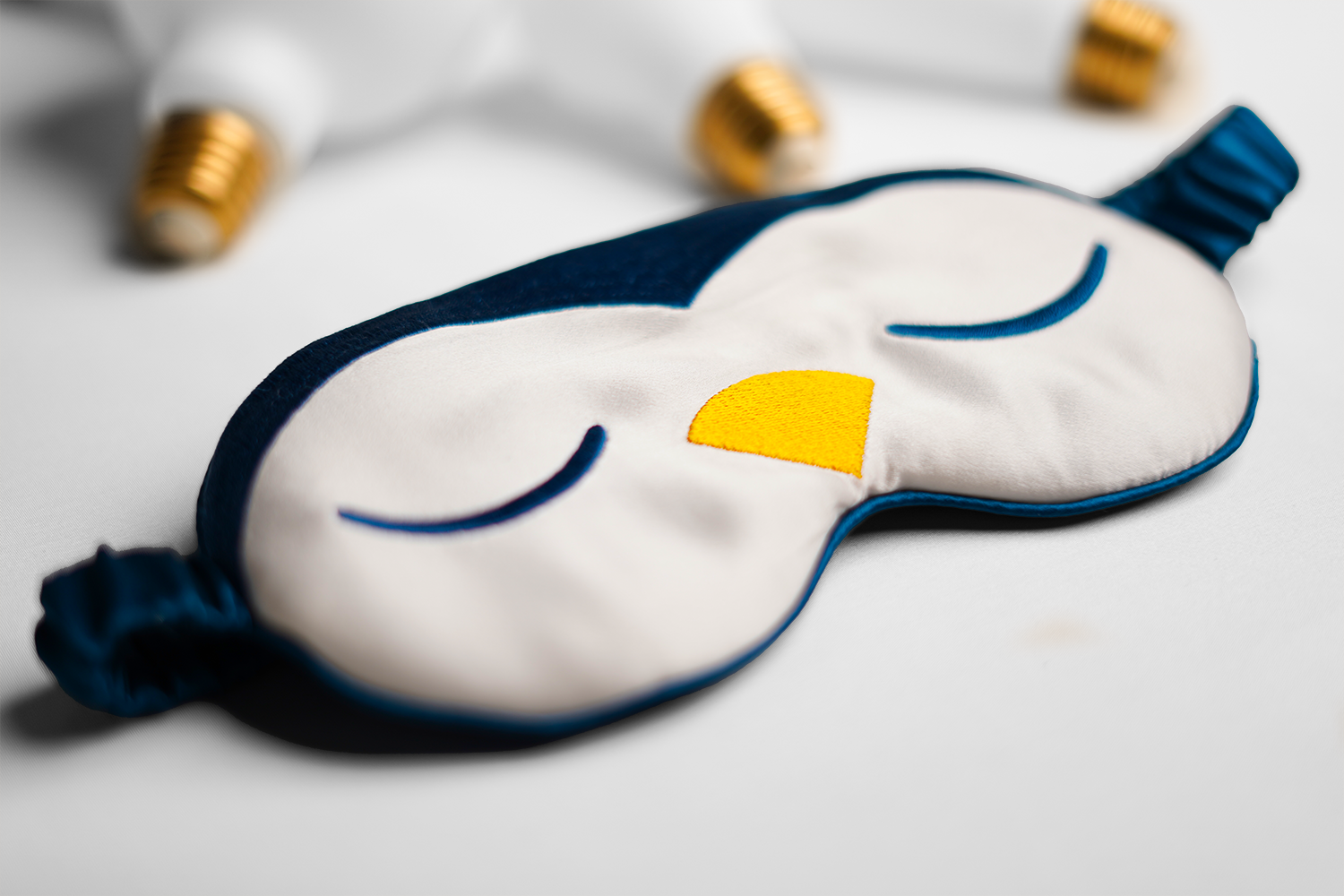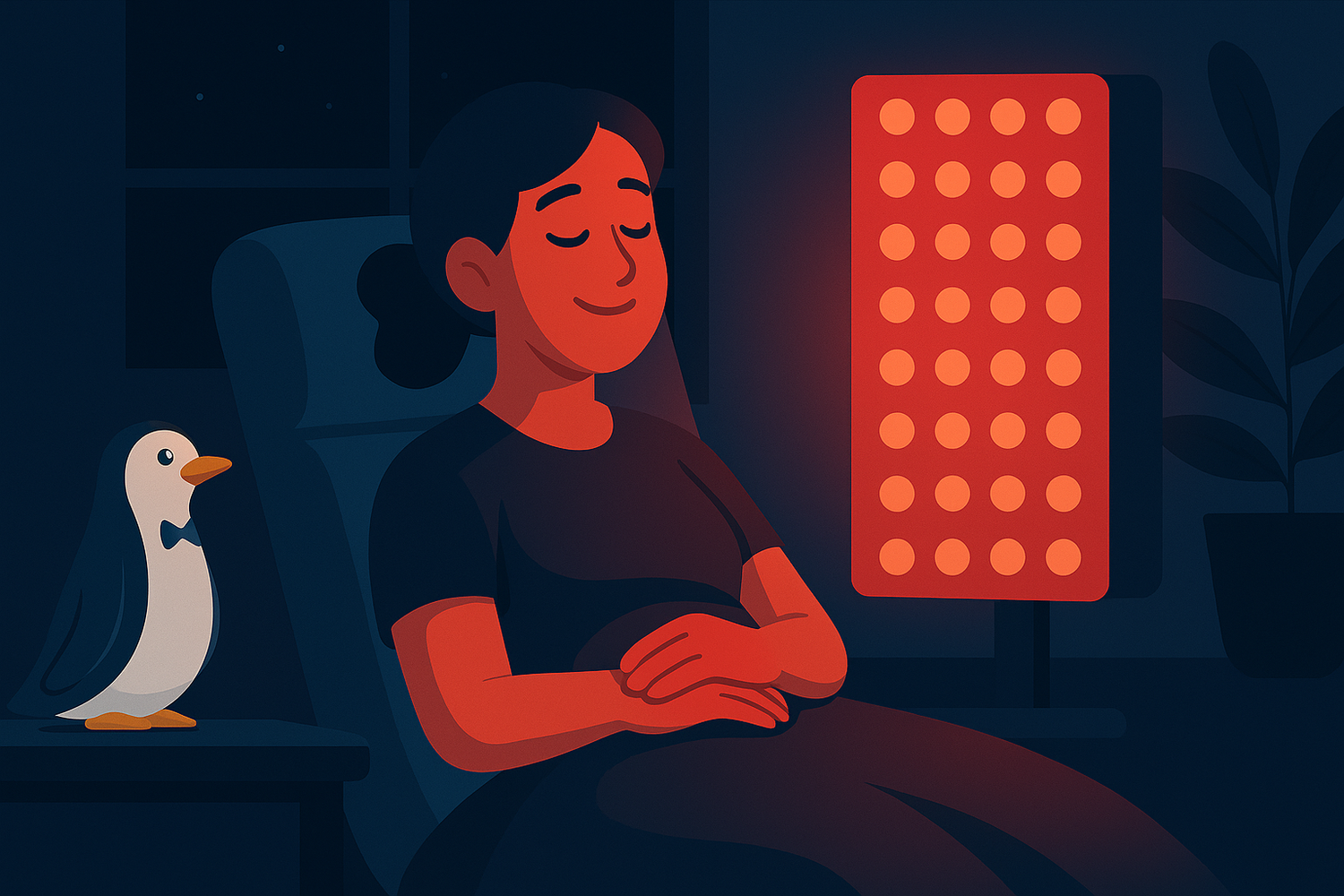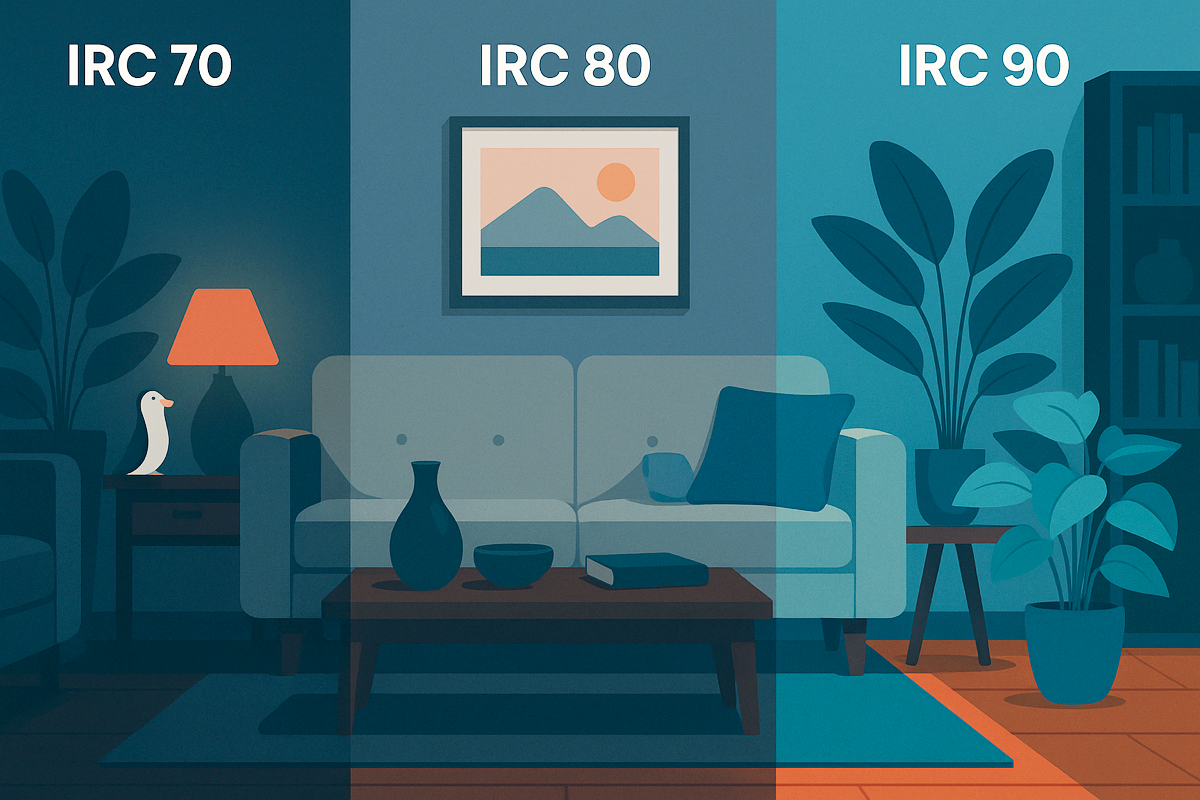Reading time: 8 min.
In short:
Red and infrared light, long confined to the medical field, is making a comeback with impressive promises: improving sleep, reducing inflammation, and boosting recovery. But what does the science say? Marketing gimmick or true biological revolution? Let's sort it out.
📌 Summary
What is infrared light?
Infrared light lies just beyond the visible spectrum, between 700 and 1200 nanometers. Invisible to the naked eye, it is nevertheless very present around us, particularly in the heat emitted by the sun or certain household appliances. In therapy, there are two main families: near infrared (NIR), which penetrates tissues up to a few centimeters, and far infrared (FIR), used more for its heating capacity. It is NIR in particular that is of interest to research, thanks to its ability to reach deep muscles and mitochondria.
This type of light is absorbed by our cells, particularly by cytochrome c oxidase, a key enzyme in energy metabolism. By activating this mechanism, red light is thought to stimulate ATP production, reduce oxidative stress, and improve cellular repair. It's no wonder it intrigues athletes, patients suffering from chronic pain, and even biohacking enthusiasts. But do the results really live up to the promises?
Potential health effects
Several preliminary studies suggest that infrared light could have a beneficial effect on many levels: reducing muscle pain, improving sleep quality, stimulating hair growth, skin regeneration, and even neuroprotective effects. Some clinics specializing in red light therapy promise miracles, even talking about slowing down cellular aging.
For sleep, experiments indicate that a few minutes of exposure in the evening could reduce the time it takes to fall asleep and improve the quality of deep sleep. These effects are thought to be due to reduced inflammation, a calming of the nervous system, and improved melatonin production. However, it should be kept in mind that the majority of studies are small, often funded by manufacturers, and sometimes biased. Therefore, this is not yet a scientific consensus, but rather a promising avenue to pursue with caution and curiosity.
What Science Says (and What It Doesn't)
Photobiomodulation, the technical name for this approach, has been studied since the 1960s. Yet, it remains difficult to determine the ideal doses, durations, and frequencies of exposure. Too short: no effect. Too long: potentially counterproductive. Protocols vary enormously from one trial to another, complicating the interpretation of results. Moreover, consumer devices are far from standardized: some emit at 630 nm, others at 850 nm; some emit little energy, others far too much.
Despite these uncertainties, infrared light remains a promising tool, provided its limitations are fully understood. It doesn't replace a healthy lifestyle, restful sleep, or lighting that respects the circadian rhythm. However, it can become a complementary ally, particularly for people suffering from chronic pain, jet lag, or sleep disturbances. In short: worth testing, but not idealizing.
How to integrate it intelligently?
Before investing in an infrared lamp, ask yourself the right questions: what use? what power level? how often should you expose it? And above all, don't lose sight of the essentials: a good rhythm of natural light during the day is much more fundamental for your biological clock than any red LED.
- Favor exposure in the evening, for its calming effects.
- Start with short sessions: 5 to 10 minutes at 20–30 cm.
At Laqi, we don't (yet?) sell red lamps. But we're already doing the most important thing: naturally re-exposing you to the right light, at the right time. Thanks to our Starter Kit , your bulbs adapt their temperature, intensity, and rhythm according to your biological cycle.
💬 FAQ
Do infrared lamps get hot?
Yes, especially the far infrared versions. But modern NIR models emit little heat and aim for gentle cellular activation.
Is there any danger in using it too often?
Excessive exposure could desynchronize certain processes. Start gradually and monitor the effects. No miracle cure, but don't overdo it either.
Can I use it with children?
Caution is advised. No serious studies have validated its frequent use in children. It's best to stick to good natural light for them.
Red light isn't magic. But when used well, it can illuminate fascinating paths.
Rather than relying entirely on an infrared LED, start by restoring a lighting environment aligned with your biological needs. For that, you know who to turn to.














